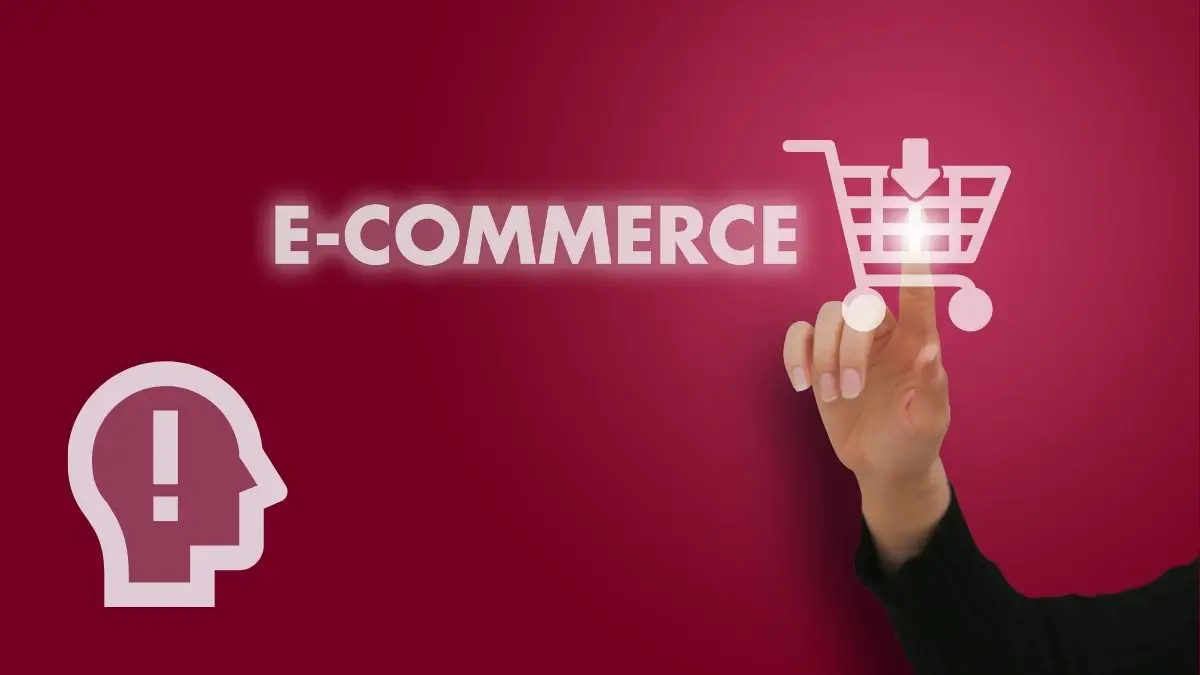An eCommerce store (also known as electronic commerce) is basically a way for people to purchase products or services over the Internet, or through a website. In the easiest terms possible, an eCommerce store is an online shop. ECommerce has grown and transformed very rapidly over the years. By the year 2025, it is predicted that the eCommerce market will reach $4.2 trillion in revenue.
Creating An eCommerce Store
Opening an eCommerce store is easy, there is no need to spend months exploring potential premises. You won’t require to ensure a potentially risky long-term lease on the building, then spend a little fortune working it out.
You won’t require to employ a small army of employees to assist you to run the store. You won’t even need to purchase all your stock at once, many eCommerce stores only buy the stock after they’ve made a sale, wholly minimizing their risk (called a dropshipping business model).
The business guidelines needed to run an offline store still involve running an online store, although the difficulties you will encounter will differ. Keeping this in mind, the basic design of an eCommerce business model is very similar.
You require yields to sell, a location to sell them, and a marketing technique to attract buyers. With eCommerce marts, you’ll also require a way for delivering the goods you sell, as a buyer is incapable of simply lifting them off the shelf.
A Product To Market
Firstly, your eCommerce store is going to require products for you to sell. These can be yielded either in-house or sourced externally. You’re not restricted to online suppliers when it comes to sourcing your products, any offline supplier is entirely feasible.
However, due to the character of an online business, most eCommerce owners will trade with other online businesses. The technique to find products for an eCommerce store will be comparable to that of an offline store.
Digital Versus Physical Goods
A digital good is an immaterial version of a real-world physical good, think eBooks rather than books, and downloadable music and videos rather than CDs and DVDs.
These have a number of advantages over material products, from both the consumer and seller points of view. From the buyer’s standpoint, a digital product is significant because it can be downloaded immediately. No waiting numerous days for delivery. For vendors, there’s no delivery price, you never have to worry about selling out or contrarily purchasing too much stock.
A Place To Sell (Website)
The main distinction between an eCommerce store and a brick-and-mortar store is where you do the trade. Your website will be the spot where your clients interact and purchase from you. The strategy of your website will heavily impact their opinion of you and influence how likely they are to make that investment.
Content Management System (CMS)
If you’re new to web development, creating a website from scrape seems like a challenging task. But you won’t require any programming skills to make your website, you can make use of a Content Management System (CMS).
This basically provides the framework for your website, which permits you to add and edit pages on your website with just the click of a button, ideal if you’re looking to add and organize an exclusive product range.
Hosting
All websites need web hosting. A web host basically stores your website on one of its servers, which means it can be accessed by different Internet users. As far as hosting goes, that is quite costly. However, this also contains all security considerations and a shopping cart resolution.
Domain
A domain name is your web address and is what your clients will need to type in to visit and access your website. You can buy a custom domain through any host of your choice, for simplicity, but often the most reasonable way is to use a different service.
Shopping Cart
Your eCommerce website will also need a shopping cart. This will enable users to drop certain products into their “cart,” before estimating the total, including delivery cost, and taking the customer through to the checkout, where they can make the payment.
Payment Gateway
To run an eCommerce website, you’ll require a payment gateway to authenticate, authorize and process your customer’s transactions, money isn’t transferred straight into your bank account. You can follow these instructions how to set up online payments. The two most famous payment processors for WordPress users are PayPal and Stripe.
PayPal has been around for quite a long time, and you might be aware of it due to its connection with eBay. Stripe is comparatively new but has the benefit of offering an onsite payment method.
Security of the Website
A payment gateway will also require on-site security before you can start taking buyers’ card payments on your site. You must fulfill a standardized set of rules, called PCI compliance.
Strategy for Marketing
For any business to sustain itself, it requires a balanced flow of buyers. For offline businesses, that refers to customers via their doors, and for an eCommerce business, that means people visiting their website. When you’ve created your website, you need to develop a method to get visitors to it.
E-Commerce stores can also use social media to expand their online presence. Not only does social media give you a method to interact with your customers, but every time your firm is affirmatively mentioned, this is essentially a permanent seal of approval, the online version of a review. People respect their friend’s points of view, so if someone is favoring you on Facebook, other people will surely check you out.
Shipping
The other major distinction between offline trade and eCommerce is the way buyers get their products. With an online store, you’ll require to find a way for delivering your products to the customer. If you’re not cautious, this can consume a lot of time and effort.
Conclusion
You should have all the things you need to get your eCommerce business off the ground. The future of eCommerce is quite good, and there are a number of exciting challenges waiting for in the future. From both a buyer perspective and a vendor perspective, there are assumably thrilling times ahead for eCommerce.


